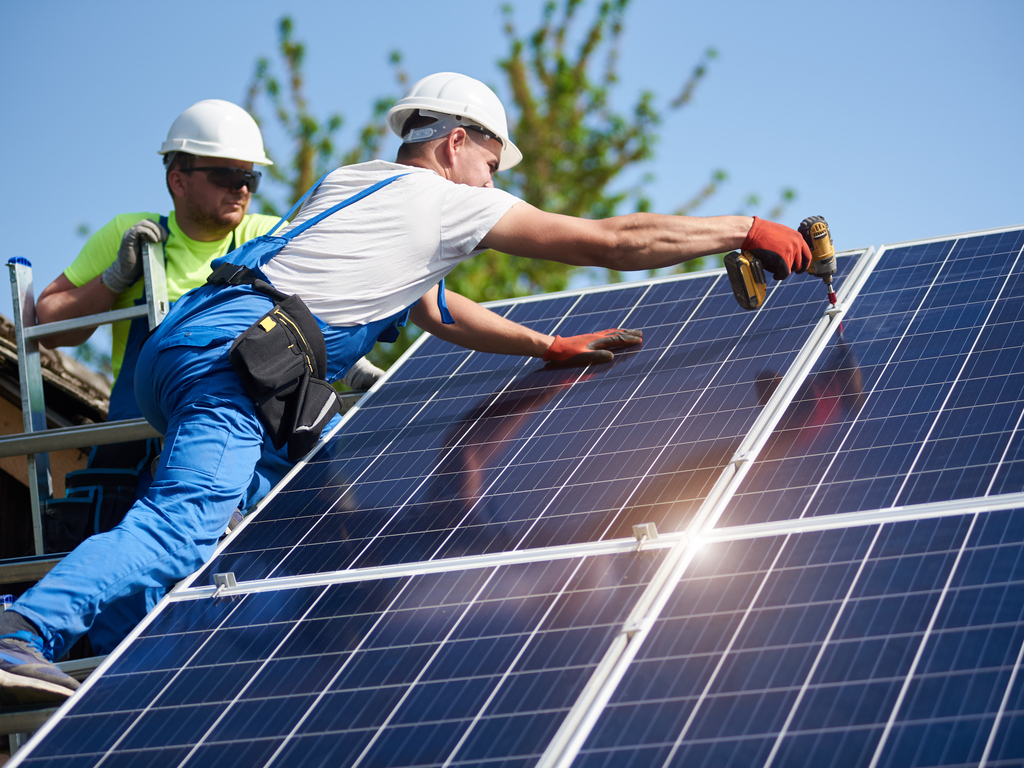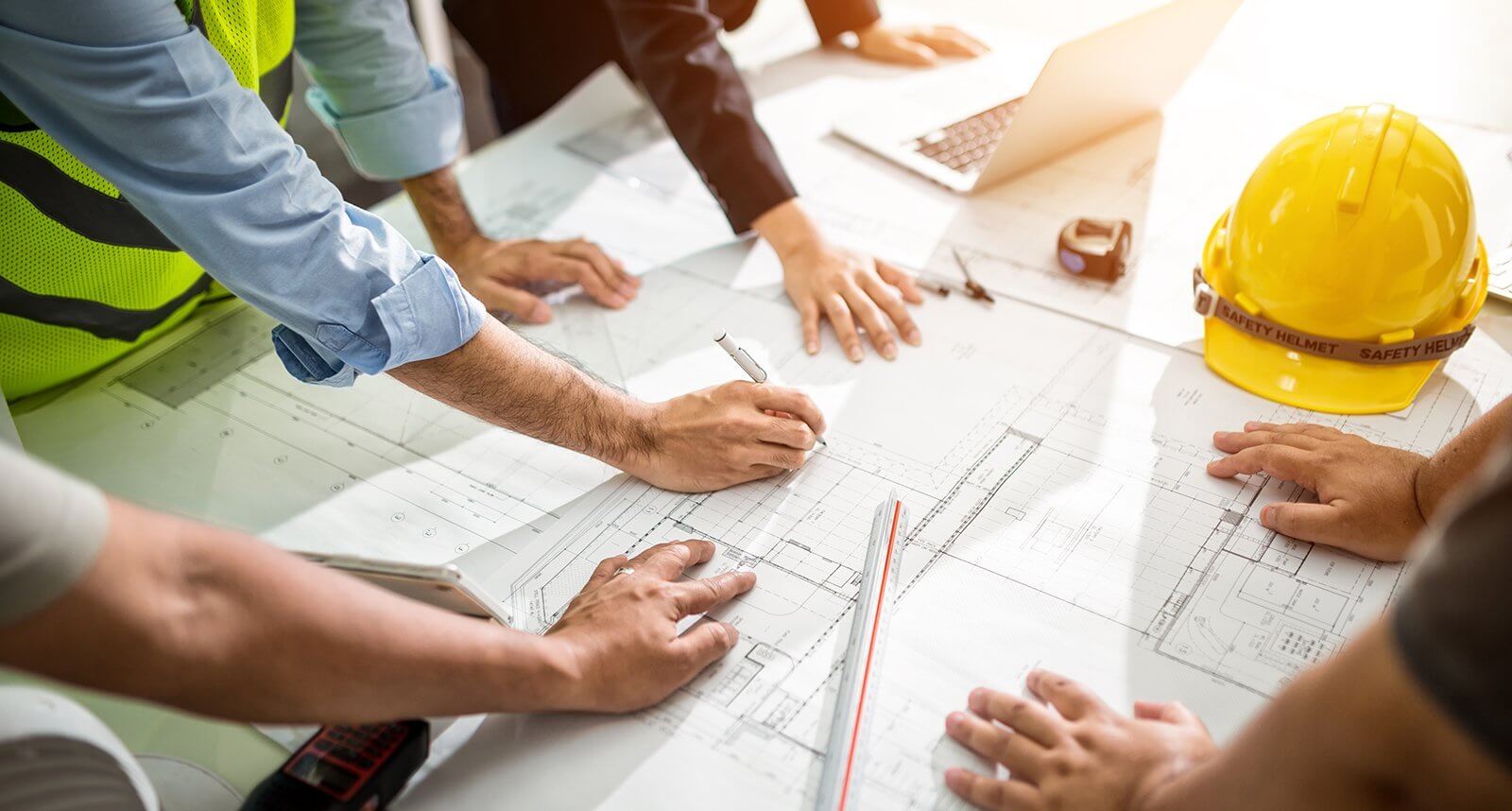by Jeffrey C Kadlowec, Architect
Abstract
The USGBC has paved the way through LEED certification to save money, improve efficiency, lower carbon emissions and create a healthier built environment. By creating guidelines with quantifiable standards, design choices can be made to optimize building performance and reduce energy consumption. Although proper material selection can reduce the embodied energy of the building, it is the optimization of the mechanical system, external façade and interior lighting that will provide the most saving over the lifecycle of the building. Utilization of BIM software like Autodesk Revit Architecture provides a means for complete analysis for the impact of these elements.
Keywords: energy efficiency, building optimization, cost savings, commercial buildings

Energy Efficiency
The Leadership in Energy and Environmental Design (LEED) program began in 1993, led by Robert K Watson with support from the US Green Building Council (USGBC) [LEED 2022]. The goal of the USGBC and the LEED building certification process is to “save money, improve efficiency, lower carbon emissions and create healthier places for people.” [LEED 2023] Building-related energy consumption accounts for 48% of the total energy consumed by society [Zhao 2015] with commercial buildings contributing a large portion of total building area.
The United States, much like China, is divided into a climate zones with a variety of weather conditions ranging from severe cold to extreme hot. Chapter 3 of [IECC 2018] list seven classifications for the continental 48 states, with Alaska in Zone 8 and Hawaii and island territories as Zone 1 like the southern tip of Florida. The building departments of Southern Nevada have adopted the Building Energy Codes Program for residential and commercial buildings [Energy Codes 2022]. Free software is available to produce the reports required by analyzing the envelope, mechanical system, and interior/exterior lighting loads.
Reduction in the carbon footprint of commercial buildings has become one of the leading drivers in technology research and sustainable design for the 21st century. There has been a 2% reduction over the past twenty years, a 10% increase in efficiency in the last ten, with a current focus on electricity decarbonization [Xiang 2022]. Achieving the goal set by the Paris Agreement to limit global warming requires reaching net-zero emissions by mid-century.
The urbanization currently taking place due to rapid population increases has caused a growing need for high-rise residential construction [Nishanth 2020]. Earthquakes can cause a catastrophic damage to buildings around the world. The dynamic loads they impose on structures are a key factor in the design of these structures. The stability of these buildings is dependent upon proper analysis of lateral forces caused by seismic loads and wind loads which induce base shear, story displacement, and story drift.
The design of many commercial buildings ignore the effects of climate, increasing the consumption of energy for cooling and heating. With HVAC systems tending to be homogeneous in nature, the external façade is one of the major components affecting efficiency [Mohamed Ali 2022]. The concept of thermal mass has traditionally been used to regulate interior temperatures by offsetting solar heat gains and nighttime heat loss. Modern design approaches have been explored over the past hundred years along with incorporation of new materials and methods to enhance building performance. Advancements in engineering and the analysis of various exterior components allow for optimization of the building envelope.
Buildings account for 40% of the total energy consumption in the world with about 15% of that consumed by the lighting systems [Baharom 2015]. Except for sodium and halide laps in large facilities, lamp types are typically LED, fluorescent and incandescent. Lumen output per watt is a measure of the amount of light generated based on the energy input. Linear fluorescent fixtures are most common in commercial applications. LED lamps have begun replacing incandescent bulbs because of their efficiency and extremely long life.
Designing commercial buildings in Autodesk Revit Architecture provides a complete three-dimensional (3D) model of the building which can include all of these components [Reddy 2019]. The parametric nature of BIM allows for changes and substitutions to be easily made throughout the design process. Additional levels of detail can be added during each phase to provide an accurate representation of the building and opportunities to optimize each of system.
References
Baharom, Faizal; Ahmad, K; Mohd Nasir, Mohamad Na’im; Wan Daud, Wan Mohd Bukhari & Jaafar, Hazriq Izzuan. (2015). New Construction for Commercial Building (Restaurant) by Considering the Green Building Strategies. International Journal of Engineering and Technology. 7. 1329-1342.
Building Energy Codes Program. (2022). Office of Energy Efficiency & Renewable Energy. energycodes.gov/rescheck & energycodes.gov/comcheck.
International Energy Conservation Code. (2018). International Code Council. codes.iccsafe.org/content/iecc2018.
LEED. (2022). en.wikipedia.org/wiki/LEED.
LEED Rating System. (2023). USGBC. www.usgbc.org/leed.
Mohamed Ali, Ahmed Khamis & Massoud, Osama & Ali, Sherif & El-Razik, M. (2022). Improve the Energy Efficiency for the Commercial Buildings (Case Study: Window Treatment for Mall Facades in Cairo, Egypt). 12. 687-699. 10.37896/JXAT14.12/316554.
Nishanth, Ch; Swaroop, Y; Jagarapu, Durga Chaitanya Kumar & Jogi, Pavan. (2020). Analysis and design of commercial building with different slab arrangements using ETABS. Materials Today: Proceedings. 33. 10.1016/j.matpr.2020.05.823.
Reddy, E. & Singaram, Kailash Kumar. (2019). Design and Modelling of G+5 Commercial Building by Autodesk Revit Architecture. International Journal of Engineering and Advanced Technology. 9. 4732-4736. 10.35940/ijeat.B5136.129219.
Xiang, Xiwang; Ma, Minda; Ma, Xin; Chen, Liming; Cai, W G; Feng, Wei & Ma, Zhili. (2022). Historical Decarbonization of Global Commercial Building Operations in the 21st Century.
Zhao, Shanguo; Feng, Wei; Zhang, Shicong; Hou, Jing; Zhou, Nan & Levine, M. (2015). Energy Savings and Cost-benefit Analysis of the New Commercial Building Standard in China. Procedia Engineering. 121. 317-324. 10.1016/j.proeng.2015.08.1074.



